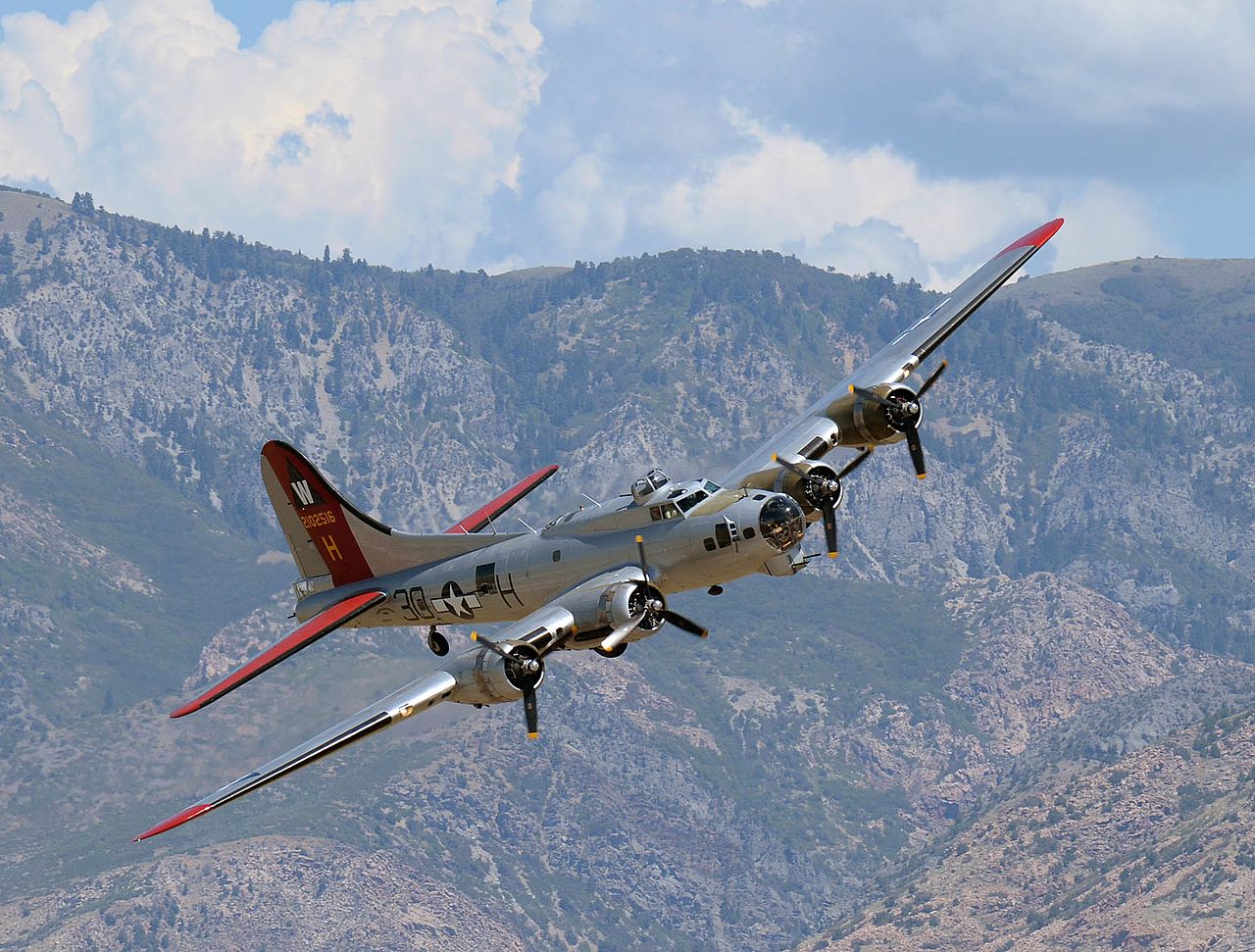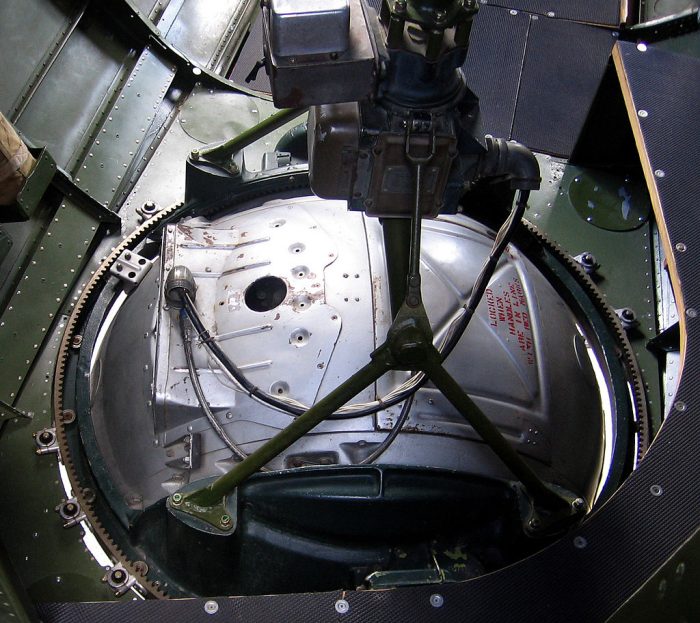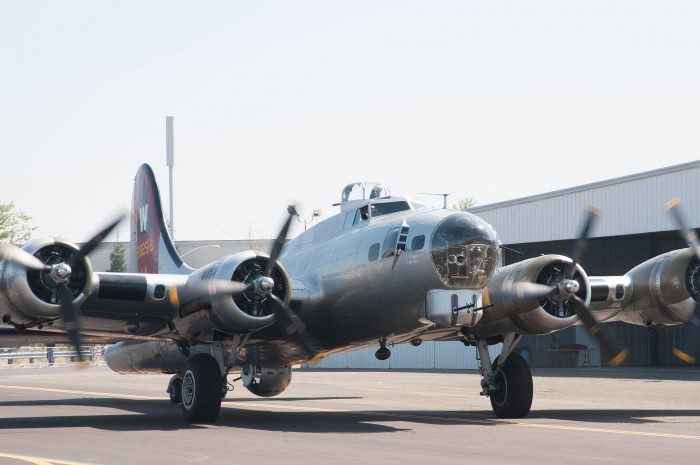Aluminum Overcast B-17 Bomber Making a Public Appearance

Due to the COVID-19 pandemic, the Experimental Aircraft Association (EAA) had to stop their national tour of the restored Aluminum Overcast B-17 Flying Fortress bomber. They have now implemented new safety measures and resumed the tour.
Currently the potential locations for public appearances are limited to locations that the plane can travel to from their headquarters in Oshkosh, Wisconsin.
Also, organizers point out that the appearances will be only flights, ground tours will not be available.
In between public flights, the plane will return to headquarters to be sanitized with a COVID-19 ionizing fogger. All ground and flight crews, media members and passengers will be required to wear face coverings.

EAA has no formal tour stops planned at this time. They had a stop from October 23-25 at Cedar Rapids, Iowa. That stop had 109 people pre-book for a total of 14 flights. They were scheduled to visit the University of Illinois-Willard airport located in Champaign, Illinois, last weekend.
Anyone interested in booking future flights in the Aluminum Overcast is encouraged to visit the group’s web page at here. The site will provide the latest updates and information.
EAA’s Flight Operations team spent seven months talking with local chapters, potential airport hosts and other operators. They used the feedback to develop the new model for public flights in order to provide a safe way for people to enjoy the plane.
The manager of air tours for EAA, Kristy Busse, said that the stop in Cedar Rapids was successful. She credited the volunteers and visitors who “treated each other with respect.” She said that the weather was a bigger factor in the visit than the coronavirus.
She further stated that each appearance will provide unique challenges but she was confident that the team could continue to make the Aluminum Overcast available to the public in a safe and responsible way.

Busse said that the cold weather and the additional COVID safeguards did not prevent the guests from thoroughly enjoying the experience. She noted that the visitors came off of the airplane “smiling ear-to-ear.” She personally felt honored to hear of the personal connections people had to Word War II, the B-17 Flying Fortress and to the WWII generation.
EAA’s vice president of advocacy and safety, Sean Elliott, said that the group spent time studying guidance from the CDC and local health officials, as well as the practices being implemented by the commercial airlines. They also worked closely with local EAA chapters and host airports to determine the health and confidence levels in various communities.

They did all of that with the goal of getting the plane back into the public by the end of the year.
The Aluminum Overcast is a B-17G that was originally delivered in 1945. It has four 1,200 hp, nine-cylinder Wright Cyclone Model R-1820-97 engines with three-bladed Hamilton Standard propellors. It weighs 65,500 pounds and can tanker 1,700 gallons of fuel.
Another Article From Us: The Top 10 Most Produced Aircraft of WWII
In its standard configuration, it had a range of 1,850 nautical miles. With auxiliary “Tokyo Tanks,” it could carry up to 3,630 gallons of fuel, considerably increasing its range.
